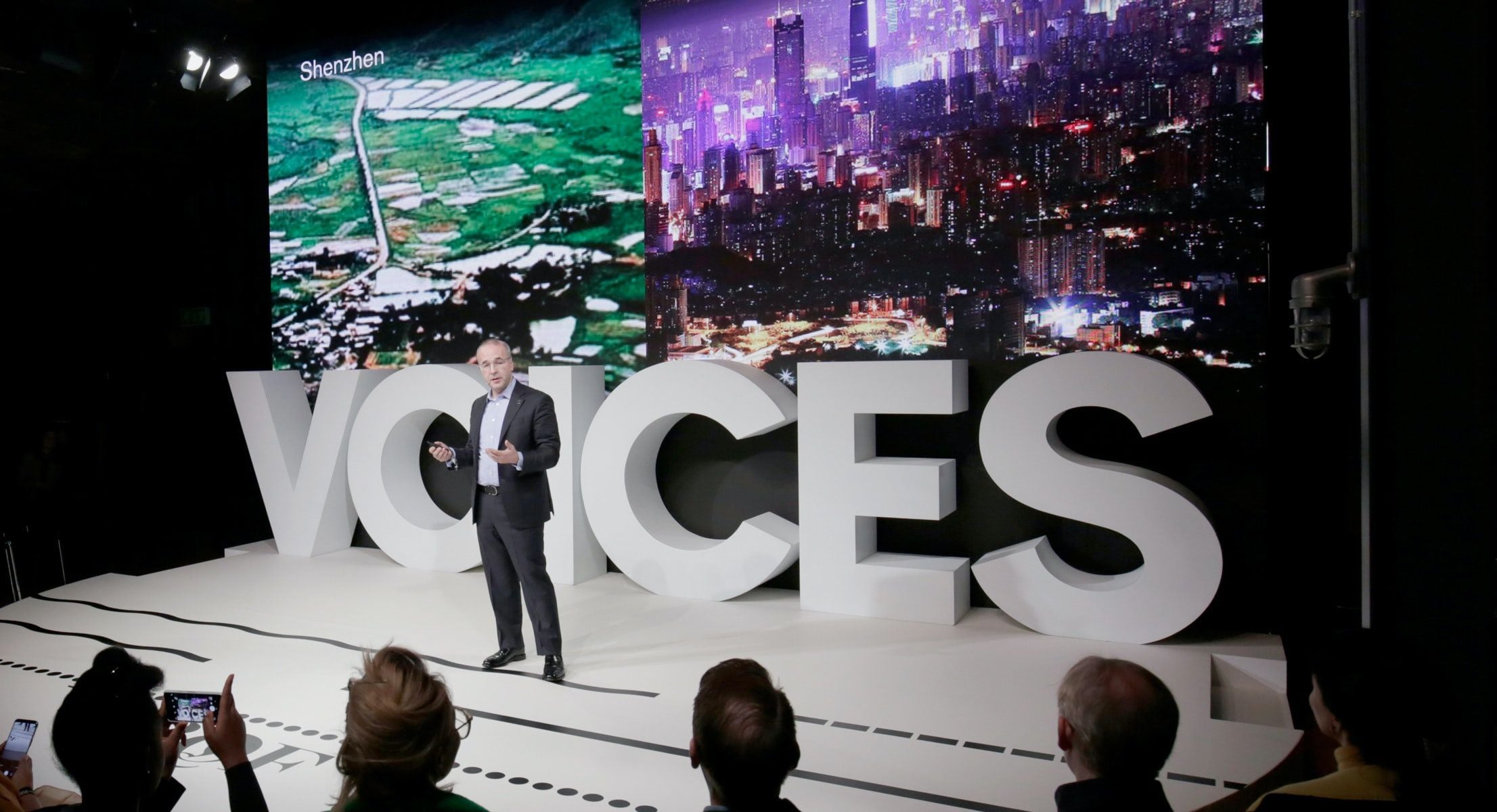
OXFORDSHIRE, United Kingdom — China may be on the cusp of surpassing the US as the world’s biggest luxury market but treating the country as home to a monolithic Chinese customer is a mistake, McKinsey & Co. global managing partner Kevin Sneader said on stage Friday at VOICES, BoF’s annual gathering for big thinkers in partnership with QIC Global Real Estate.
The author has shared a YouTube video.You will need to accept and consent to the use of cookies and similar technologies by our third-party partners (including: YouTube, Instagram or Twitter), in order to view embedded content in this article and others you may visit in future.
Rather, China is made up of dozens of megacities, ranging from poor provincial capitals only just beginning to come online to major technology hubs where incomes rival the US or UK, not to mention the nearly 50 percent of the country still living in rural towns and villages. Fashion brands need to be aware of this when they enter China, devising strategies that take these differences into account, Sneader explained.
“There is no one China,” he said.
Chinese nationals make up nearly one-third of luxury demand, a share that’s expected to rise to 46 percent by 2025, according to Bain & Co. A growing share of that spending is occurring in China itself, and Western brands have rushed to open stores in China’s major cities and beef up their online efforts, often by partnering with e-commerce giants Alibaba and JD.com.
At the same time, China’s economic growth is slowing and a trade war with the US threatens further disruption. Reaching Chinese consumers also means navigating cultural flashpoints. Recently, Dolce & Gabbana saw its Chinese business dry up almost overnight amid backlash over a misguided ad campaign widely viewed as culturally insensitive.
China is the Chinese people’s most cherished luxury.
Sneader said Western brands’ efforts are further complicated by the fact that there isn’t one Chinese customer to please. The nearly 8 million residents of Kunming have an average income of $10,000 — on par with Paraguay or Armenia — and rarely shop online. Chengdu, 500 miles to the north, is “the most fashionable city in China,” where students and designers set trends. Hangzhou is a tech hub centered around Alibaba, where commerce is fully wired. And Shanghai, a truly global city and the nation’s fashion capital, is home to millions of wealthy consumers (the city’s residents buy more Mercedes each year than the entire US population).
“Those four cities couldn’t be more different, and therein lies the issue,” Sneader said. “You’ve got to understand how those people will react.”
Sneader gave an optimistic take on the country’s future economic growth, a question that has worried the fashion industry and sent shares of many luxury brands tumbling. He said a “moderate scenario” would have China adding the equivalent of Germany’s economy — and spending power — by 2025, while even a pessimistic case would still see the country grow like Britain before the Brexit referendum.
He said ultimately, brands must heed the message sent in a People’s Daily headline during the height of the Dolce & Gabbana controversy: “China is the Chinese people’s most cherished luxury.”
To learn more about VOICES, BoF’s annual gathering for big thinkers, visit our VOICES website, where you can find all the details on our invitation-only global gathering, in partnership with QIC Global Real Estate.



